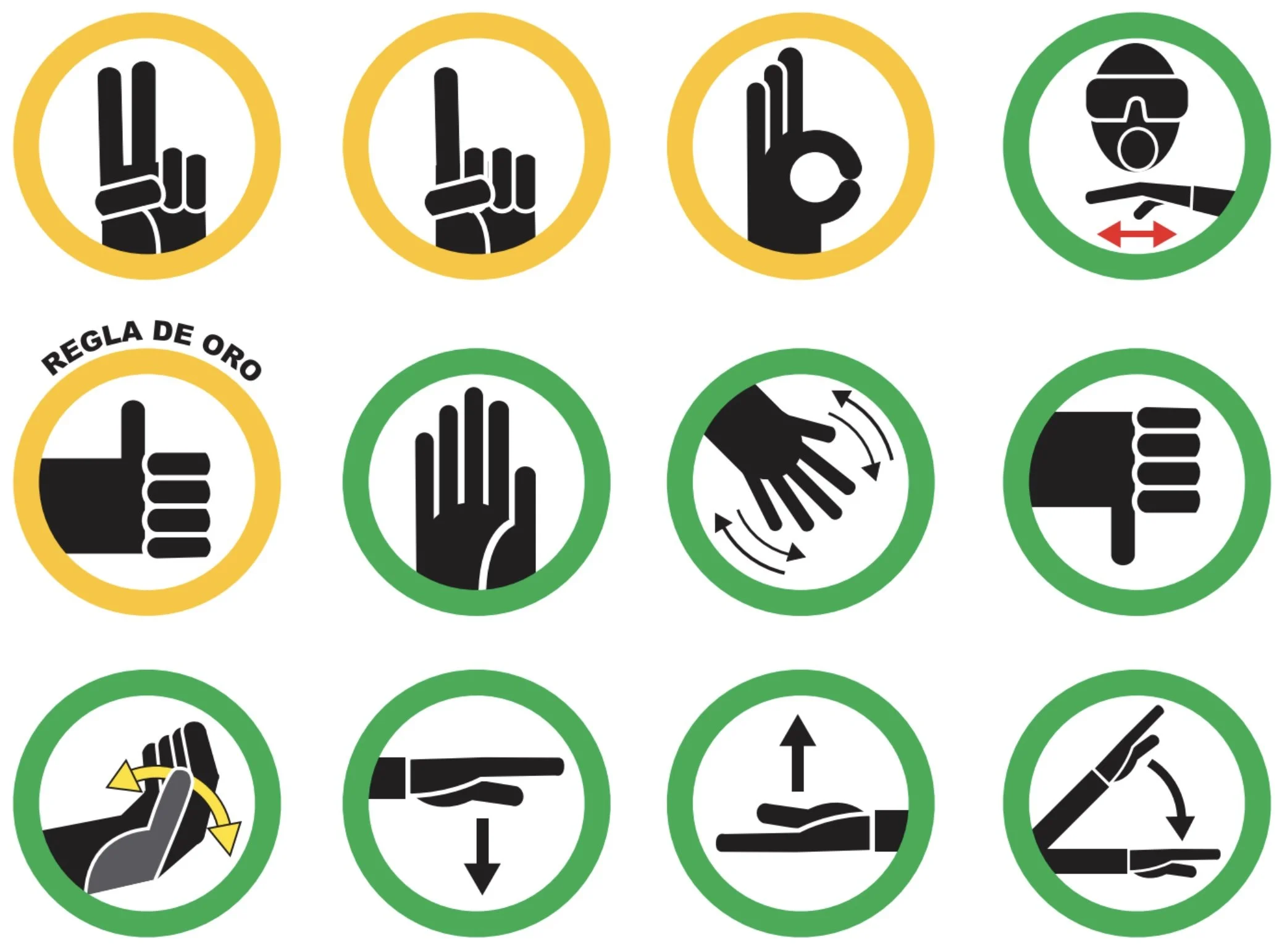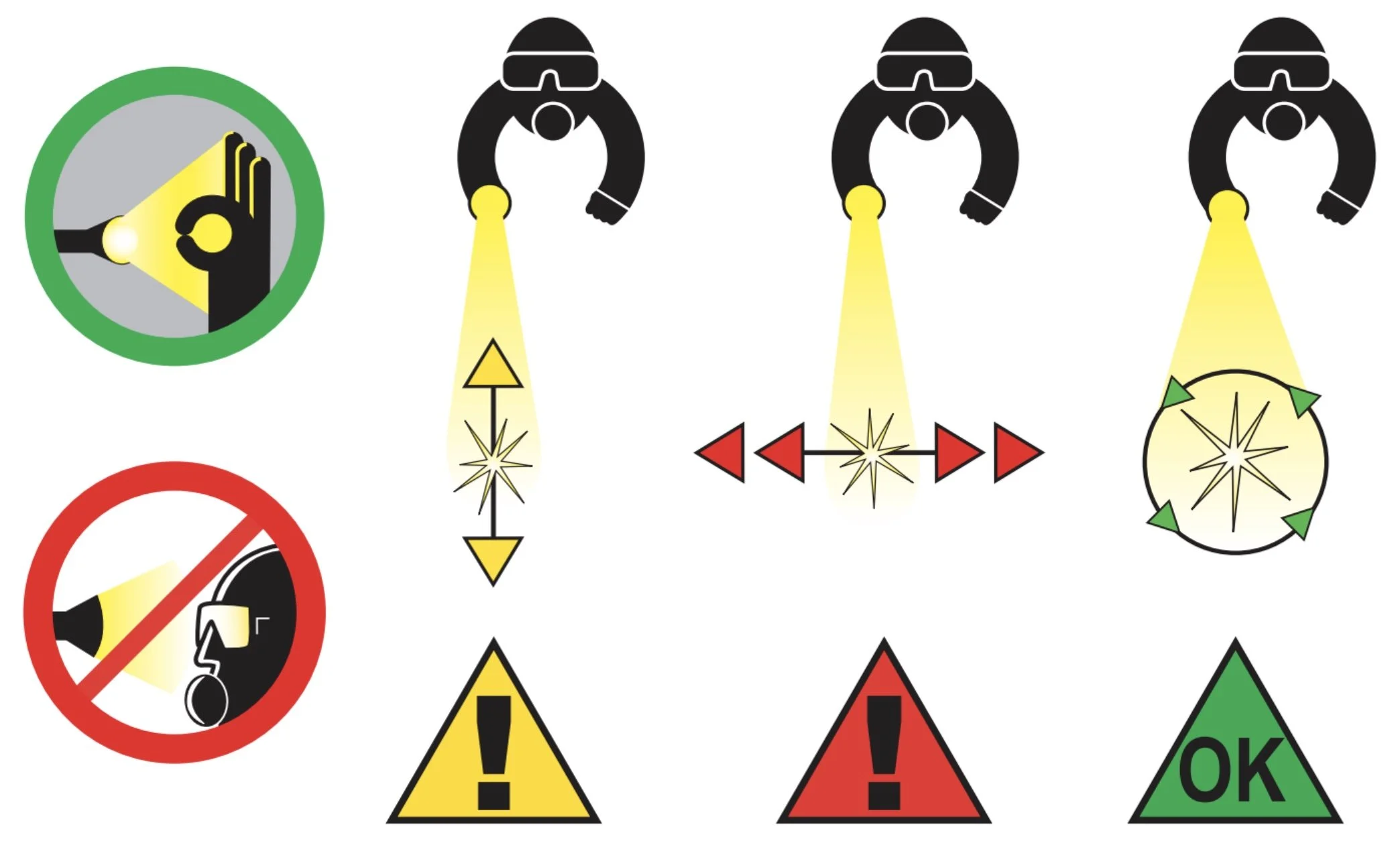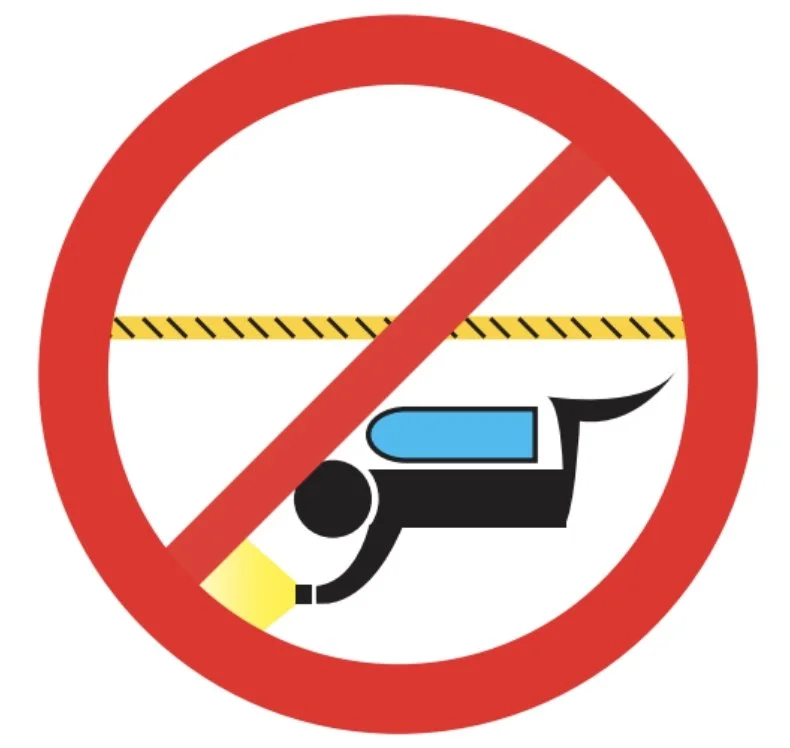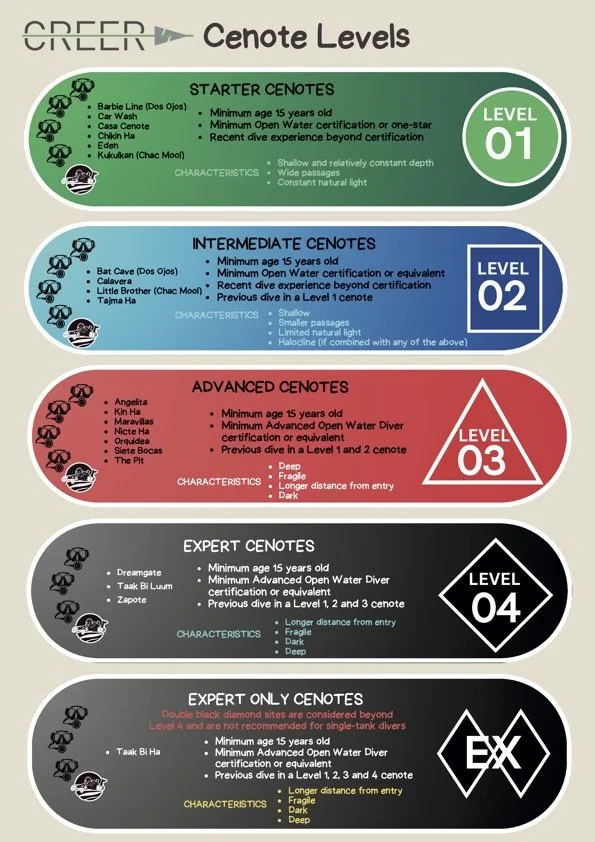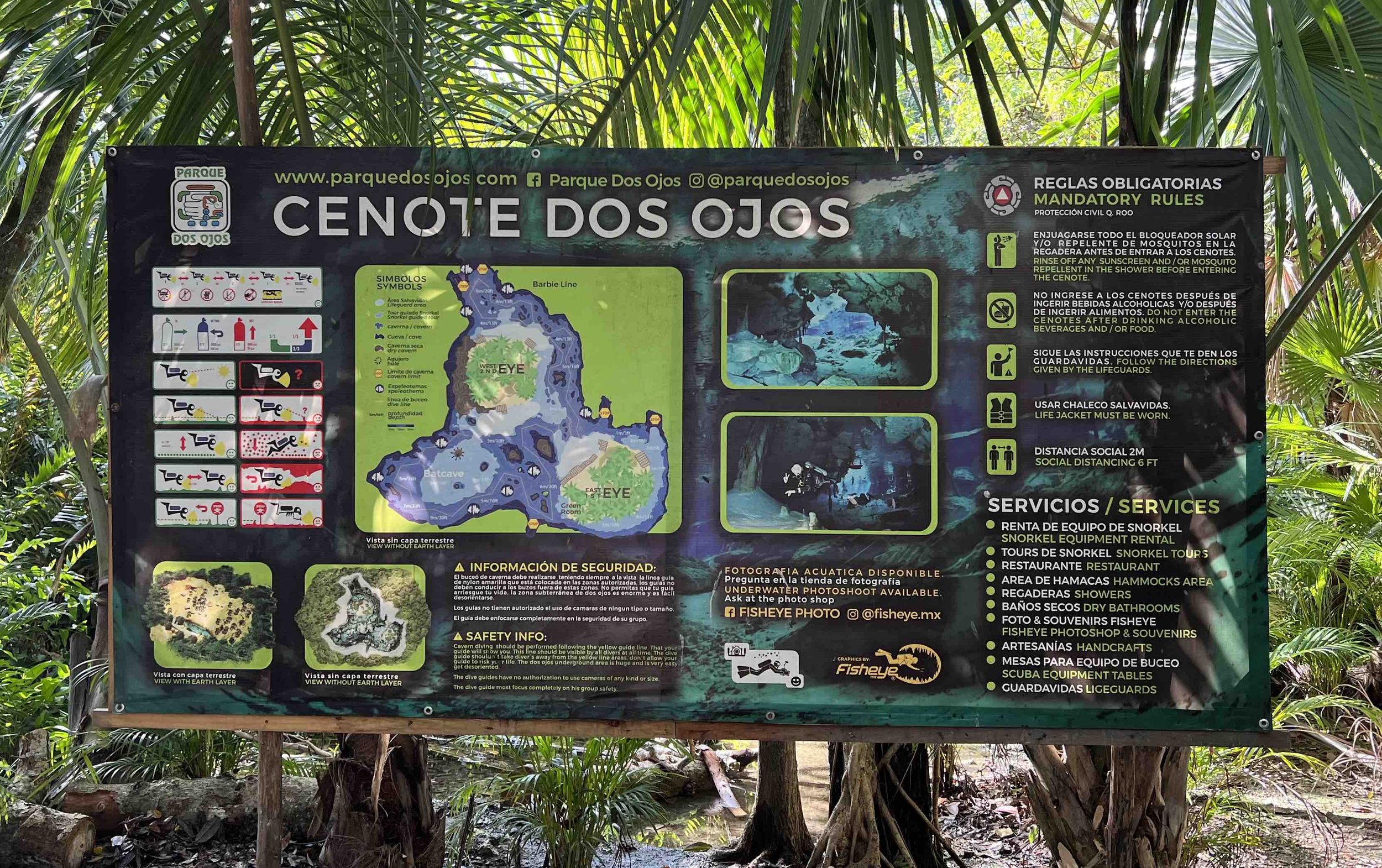
Cenote Cavern Diving Rules
Cenotes are unique and fragile ecosystems that support numerous life forms, including mammals, birds, reptiles, insects, and various plants. It is our duty to help protect and preserve these unique environments. Avoid using sunscreen and repellents, even “biodegradable” ones. Cave formations, unlike reef coral formations, are not self-rejuvenating. Once damaged or broken, they are lost forever. Leave the cenote as you found it or better. Take only memories with you, kill only time, and leave nothing but bubbles.
The following rules are for your safety and for the preservation of cenotes.
General Limits of Diving in Cenotes:
Always within the daylight zone
60 meters/200 feet maximum distance from the nearest surface point
All dives will be no-decompression dives & within recreational limits
Limited to within the cavern zone, never beyond cave entrance signs
Always above and within arm’s reach of the cavern line
No passing through restrictions smaller than where 2 divers shoulder to shoulder can comfortably pass
Exiting groups have the right of way over entering groups



